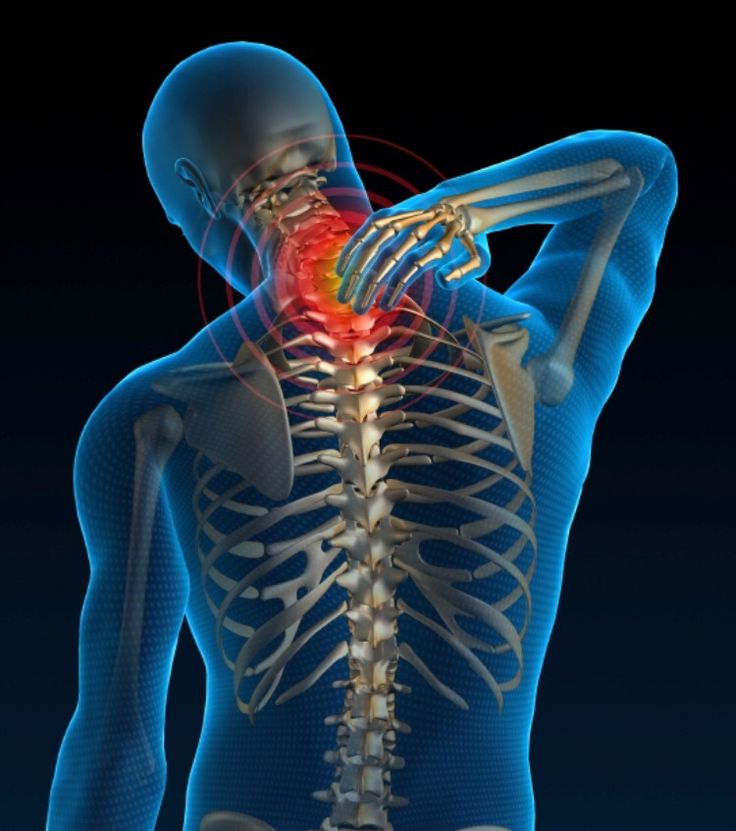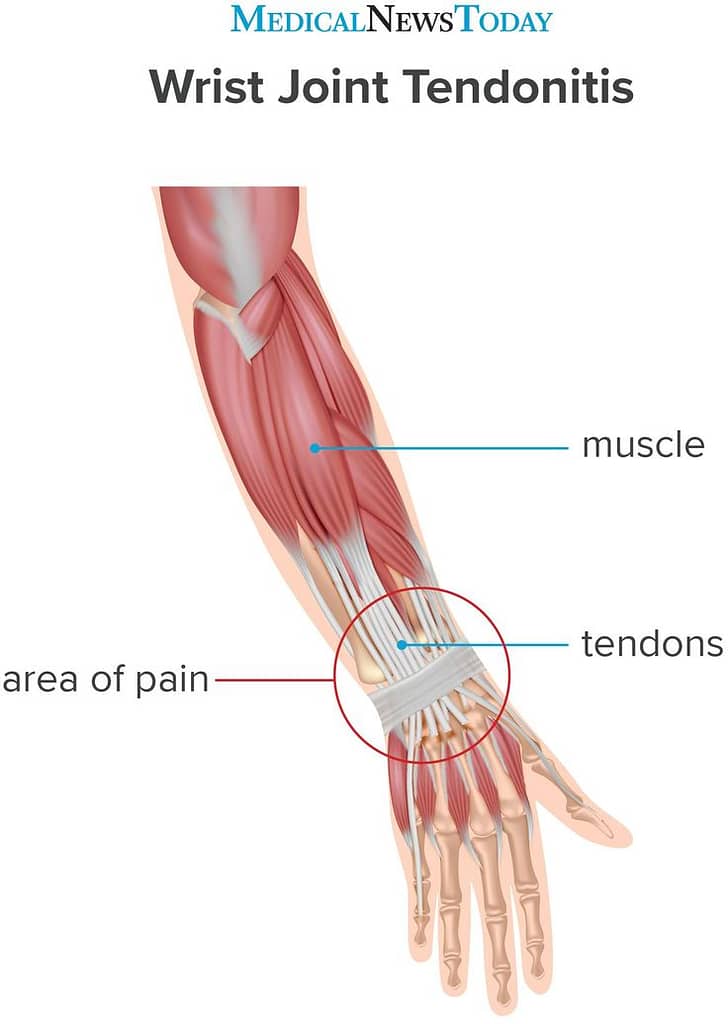The gym is a sanctuary for fitness enthusiasts, a place where we strive to push our limits and achieve our health goals. However, this pursuit of fitness can sometimes lead to injuries that could sideline us from our routine. Understanding common gym injuries and how to prevent them is crucial for anyone looking to maintain a safe and effective workout regimen. In this detailed guide, we’ll explore prevalent gym injuries, their causes, and most importantly, strategies to prevent them.
1. Understanding Common Gym Injuries
1.1. Strains and Sprains
Strains occur when muscles or tendons are stretched beyond their limits, while sprains involve injuries to ligaments. Both are frequent in the gym, especially when performing exercises with improper form or excessive weight.

Symptoms:
- Pain
- Swelling
- Bruising
- Limited range of motion
Prevention Tips:
- Warm-Up Properly: Start with light cardio and dynamic stretches to prepare your muscles.
- Use Correct Form: Always maintain proper technique to avoid overloading specific areas.
- Gradually Increase Intensity: Avoid sudden increases in weight or intensity.
1.2. Tendonitis
Tendonitis is an inflammation of the tendons, often caused by repetitive stress or overuse. Common sites include the shoulders, elbows, and knees.


Symptoms:
- Pain and tenderness
- Swelling
- Stiffness
Prevention Tips:
- Incorporate Rest Days: Allow time for recovery between intense workouts.
- Focus on Form: Proper technique reduces undue stress on tendons.
- Vary Your Routine: Prevent overuse injuries by mixing up exercises.
1.3. Lower Back Pain
Lower back pain is a prevalent issue, especially for those who engage in heavy lifting or improper exercises.

Symptoms:
- Dull or sharp pain
- Muscle spasms
- Difficulty in movement
Prevention Tips:
- Strengthen Core Muscles: A strong core supports the lower back.
- Use Proper Lifting Techniques: Bend your knees and keep your back straight.
- Avoid Overloading: Don’t lift weights that are too heavy for your current strength.
1.4. Shoulder Injuries
Shoulder injuries, such as rotator cuff tears or shoulder impingement, are common due to the complex nature of the shoulder joint.

Symptoms:
- Pain, especially during overhead movements
- Weakness
- Limited range of motion
Prevention Tips:
- Strengthen Shoulder Muscles: Incorporate exercises that strengthen the rotator cuff and deltoids.
- Warm Up Properly: Focus on dynamic stretches for the shoulder area.
- Avoid Overhead Lifts: Be cautious with exercises involving heavy weights overhead.
1.5. Knee Injuries
Knee injuries, such as meniscus tears or patellar tendinitis, can be debilitating and are often caused by high-impact exercises or poor form.

Symptoms:
- Pain or swelling around the knee
- Difficulty bending or straightening the leg
- Clicking or locking sensation
Prevention Tips:
- Strengthen Leg Muscles: Focus on exercises that build strength around the knee, like squats and lunges.
- Use Proper Footwear: Ensure you have appropriate shoes for the exercises you’re doing.
- Avoid High-Impact Exercises: Be mindful of exercises that put excessive strain on the knees.
2. Effective Strategies for Injury Prevention
2.1. Proper Warm-Up and Cool-Down
A thorough warm-up prepares your body for the physical exertion ahead, while a proper cool-down aids in recovery. Incorporate both into your routine:

- Warm-Up: Begin with 5-10 minutes of light cardio, followed by dynamic stretches targeting the muscles you’ll use.
- Cool-Down: End your session with static stretches to help your muscles relax and reduce stiffness.
2.2. Focus on Form and Technique
Proper form is crucial in preventing injuries. Whether you’re lifting weights or performing cardio exercises:

- Hire a Trainer: Consider working with a certified trainer to learn correct techniques.
- Use Mirrors: Check your form using mirrors or record yourself to ensure proper alignment.
- Progress Gradually: Increase weights or intensity in small increments to avoid overexertion.
2.3. Listen to Your Body
Your body is your best indicator of how hard it’s working. Pay attention to signs of discomfort or pain and adjust accordingly:

- Rest When Needed: If you feel pain or extreme fatigue, take a break.
- Modify Exercises: Substitute exercises that cause discomfort with alternatives that are less stressful on the body.
2.4. Stay Hydrated and Nourished
Proper nutrition and hydration play a significant role in injury prevention:
- Hydrate: Drink water before, during, and after your workout to maintain muscle function.
- Balanced Diet: Ensure you’re getting adequate nutrients, including protein for muscle repair and recovery.
2.5. Use the Right Equipment
Investing in the right gym equipment and attire can prevent injuries:
- Footwear: Choose supportive and comfortable shoes suitable for your workout type.
- Weights: Use weights that are appropriate for your strength level and ensure they are in good condition.
3. Common Misconceptions About Gym Injuries
3.1. “Injuries Only Happen to Newbies”
Both beginners and experienced gym-goers can sustain injuries. It’s important to follow safety guidelines regardless of your fitness level.
3.2. “Pain is a Normal Part of Exercise”
While some discomfort is expected, pain is not a normal part of exercise. If you experience sharp or persistent pain, it’s a signal to stop and evaluate.
3.3. “Stretching is Only for Warm-Up”
Stretching should be part of both the warm-up and cool-down phases. It helps prepare the muscles for exercise and aids in recovery afterward.
Conclusion
Injuries can be a frustrating setback in our fitness journey, but understanding common gym injuries and implementing preventive measures can significantly reduce the risk. By focusing on proper form, using the right equipment, and listening to your body, you can enjoy a safer and more effective workout experience. Remember, the goal is not only to achieve your fitness objectives but also to do so without compromising your health.
FAQs
1. What should I do if I experience a gym injury?
If you experience a gym injury, stop the activity immediately and assess the damage. Apply ice to reduce swelling and consult a healthcare professional for a thorough evaluation and treatment plan.
2. How can I determine if I’m using the correct form during exercises?
Using mirrors or recording your workouts can help you check your form. Additionally, working with a certified trainer can provide personalized feedback and corrections.
3. Are there any specific exercises to prevent lower back injuries?
Exercises that strengthen the core, such as planks and abdominal crunches, can help support the lower back. Additionally, practicing proper lifting techniques and avoiding heavy loads will also reduce the risk.
4. How often should I rest between workout sessions to prevent injuries?
The frequency of rest days depends on your workout intensity and fitness level. Generally, it’s recommended to take at least one to two rest days per week and incorporate lighter workouts or active recovery days in between intense sessions.
5. Can poor nutrition contribute to gym injuries?
Yes, poor nutrition can affect muscle strength and recovery, increasing the risk of injuries. Ensure a balanced diet with adequate protein, vitamins, and minerals to support overall health and muscle function.
